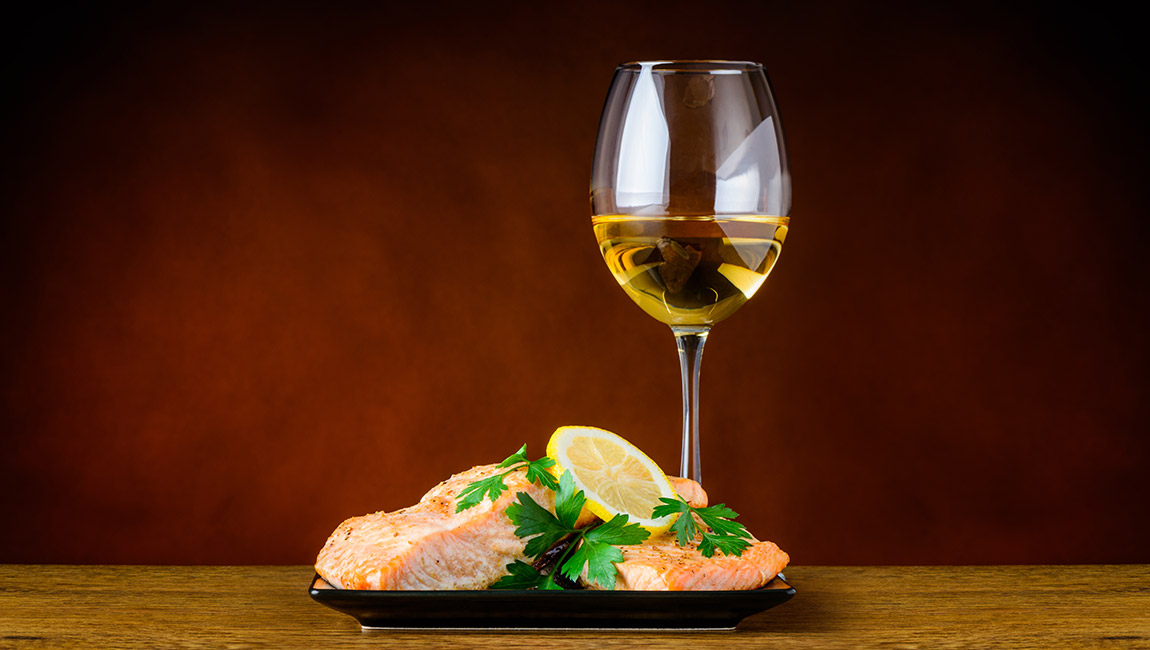A Concise Guide to the Ultimate Wine Enjoyment
The luxurious world of wine is a realm where everyone can discover their perfect inspiration, just like in our wine department. Wine is designed to complement every moment, whether you want to celebrate a successful day’s end or toast to a special occasion. Below, we offer a few guidelines to elevate your wine-tasting pleasure to the next level.
Choose the Right Glass
To fully experience the rich spectrum of flavors and aromas in your favorite wine, it’s crucial to serve it in an appropriate glass or crystal goblet. Red wines are typically served in Bordeaux and Pinot Noir glasses, featuring a large bowl and wide opening. White wines also benefit from glasses with a broad bowl but a narrower opening to retain the temperature. Tall, narrow glasses with small rims, preserving aroma intensity, are ideal for sparkling and dessert wines. Pour red, white, and rosé wines just enough to swirl without spilling, allowing the wine to enchant your senses with its aroma before sipping.
Decanting
Decanting is the process of pouring wine into a glass container with a narrow neck and a wide base, allowing for separation from any sediment. It also involves aeration, where the wine interacts with oxygen, releasing its full range of aromas. While it’s common to decant older red wines, white wines that have been bottled for an extended period without contact with air can also benefit from aeration. Decanting should take a minimum of half an hour, but older and more complex red wines may require several hours.

Ideal Serving Temperature
Selecting the correct temperature for serving wine is equally important. Red wines like Cabernet Sauvignon, Merlot, and Pinot Noir should be served slightly cooler than room temperature, between 15 and 20°C. White, sparkling, and rosé wines, such as Sauvignon Blanc, Chardonnay, and Champagne, should be chilled to temperatures of 6 to 12°C. Sparkling wines may even require cooler temperatures, around 3°C.
Wine and Food Pairing
Wine tasting is not complete without pairing it with a meal or a thoughtfully crafted appetizer featuring cheese and prosciutto. Wine can complement a variety of dishes, from meat and fish to pasta and vegetables. Fattier meats pair wonderfully with wines rich in tannins and full-bodied, such as Plavac or Tempranillo. Try different pasta and pasta combinations with white, red, or rosé wines, depending on the sauce or filling. Cheese or vegetable-based sauces pair well with white Reisling and Chardonnay, while red sauces with a kick are great with red wines like Vranac and Prokupac. More acidic rosé and white wines are excellent with seafood, while sweet or sparkling wines are perfect for desserts.

Storage and Preservation
Regardless of serving temperature, it’s advisable to store all wine bottles in a dry, dark place. For wines that require chilling, cool them immediately after serving. To maintain the temperature of white, rosé, sparkling, and dessert wines during tastings, serve them in an ice bucket. If you find yourself with an open bottle after an event, store it in the fridge and use it within the next few days. Ensure the bottle is well sealed, either by using the original pump or securely sealing it with a disposable rubber stopper. If you’re a true wine enthusiast, invest in metal wine bottle stoppers and enjoy your favorite wine the next day without worrying about it losing its flavor and aromas.

